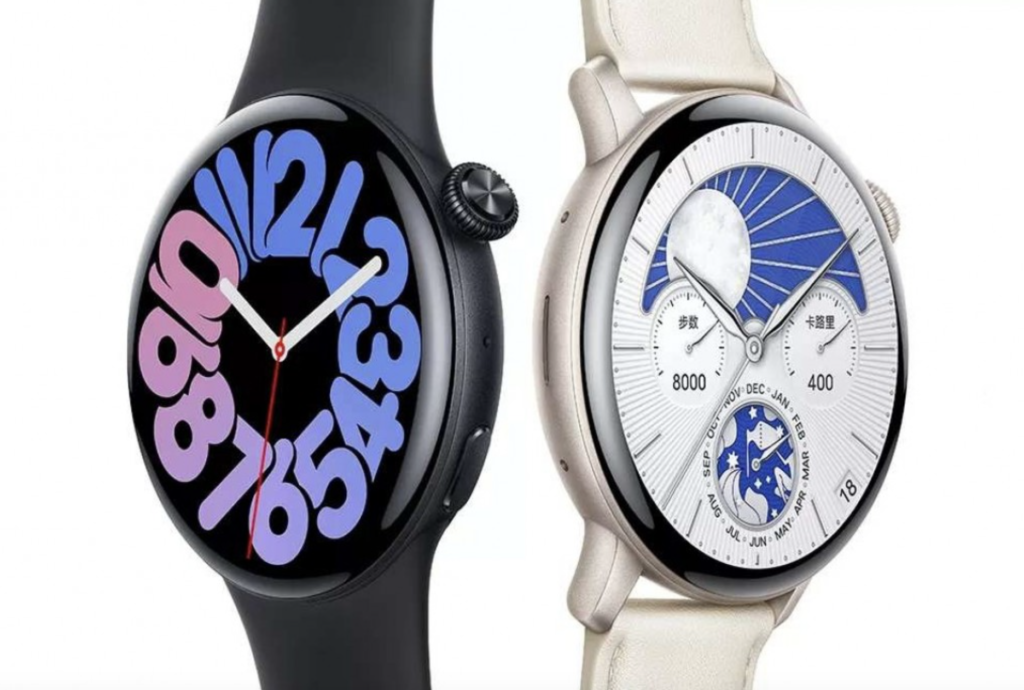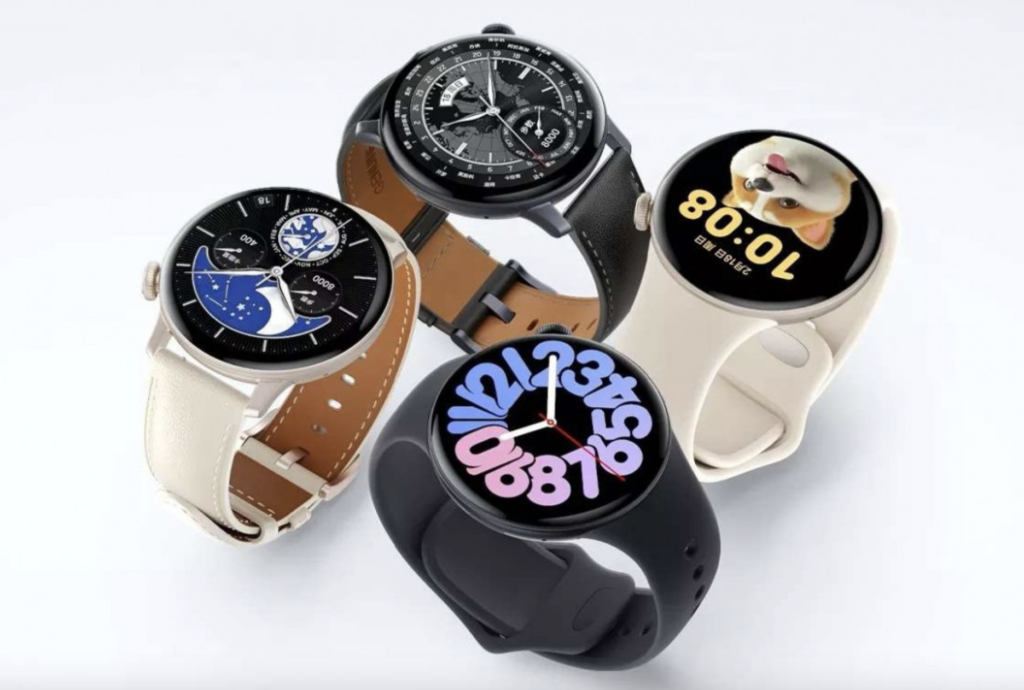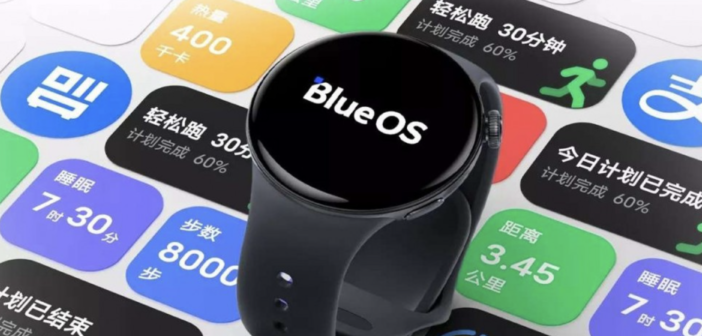When it comes to newer smart wearables, we’re seeing a lot more competition nowadays from companies that only years before were mainly focused on smartphone production. Companies like Garmin and Fitbit for example have had a strong grip on the smart watch and fitness tracker industry, but it’s rather great to see more OEMs investing in wearable technology as well.
With that being said, Vivo recently took the wraps off its newest smartwatch, aptly named the Vivo Watch 3. Unlike other smartwatches from Android manufacturers like Samsung and Xiaomi however, the Vivo Watch 3 runs on a custom software platform which Vivo refers to as BlueOS. With a starting price of around 140 Euro, Vivo hopes that its new wearable device will be enough to entice new users and brand loyalists to come and try out what it has to offer.
Physical Design

As far as design goes, there’s not much that the Vivo Watch 3 does to “reinvent” how wearables can look and feel – after all, there’s only so many ways that you can design a watch, and at some point a lot of them are going to look rather similar. With that being said, the Vivo Watch 3 comes with a tried-and-tested round watchface design, with a slightly curved touch display that houses a 1.43-inch AMOLED panel.
Meanwhile, the side of the device comes with an action button, which is accompanied by a crown for navigation. It’s something that we’ve seen before on a ton of other watches such as ones from Mobvoi and Huawei for example, but that doesn’t necessarily mean it’s a “bad” design – Vivo has decided to play it safe, and it has resulted in a standard-looking but neatly-designed product as well.
Software Platform

As we mentioned earlier, the Vivo Watch 3 comes with BlueOS inside, which is a custom smart wearable software platform that’s designed by Vivo. Unlike most other smartwatches out there which run Wear OS (except for Fitbit and Apple watches, of course), Vivo has decided to keep tight control over its new device with its own OS. With that said, we’re hoping that this yields to a better user experience, since one would expect the software and hardware onboard the Vivo Watch 3 to be perfectly synchronized with each other. There’s also a smart assistant on board, by way of Vivo’s “Jovi” voice assistant.
Thankfully, BlueOS does support app installations and even a bit of customizability – at the moment, there are ten built-in watchfaces on the Vivo Watch 3, although we can probably expect more to be downloadable since BlueOS does come with support for an app store. This means that users will be able to choose from different apps and other software services to suit their needs, unlike other fitness trackers which are a bit more limited in terms of app selections.
Other Features
Of course, the Watch 3 does come with an assortment of different health-centric features, which are often one of the main highlights on most smart wearables these days. The watch does come with support for metrics such as sleep tracking, SPO2 and heart rate monitoring, and even a variety of different sports modes which users can tap into to program their own workouts.
As for battery, the watch can last up to around a week’s worth of use, although you can stretch this a bit further if you disable connectivity with your smartphone, which kinda defeats the purpose of the device in the first place. It will come in a Bluetooth-only variant priced at around 140 Euro, and an e-Sim version for around 180 Euro.



